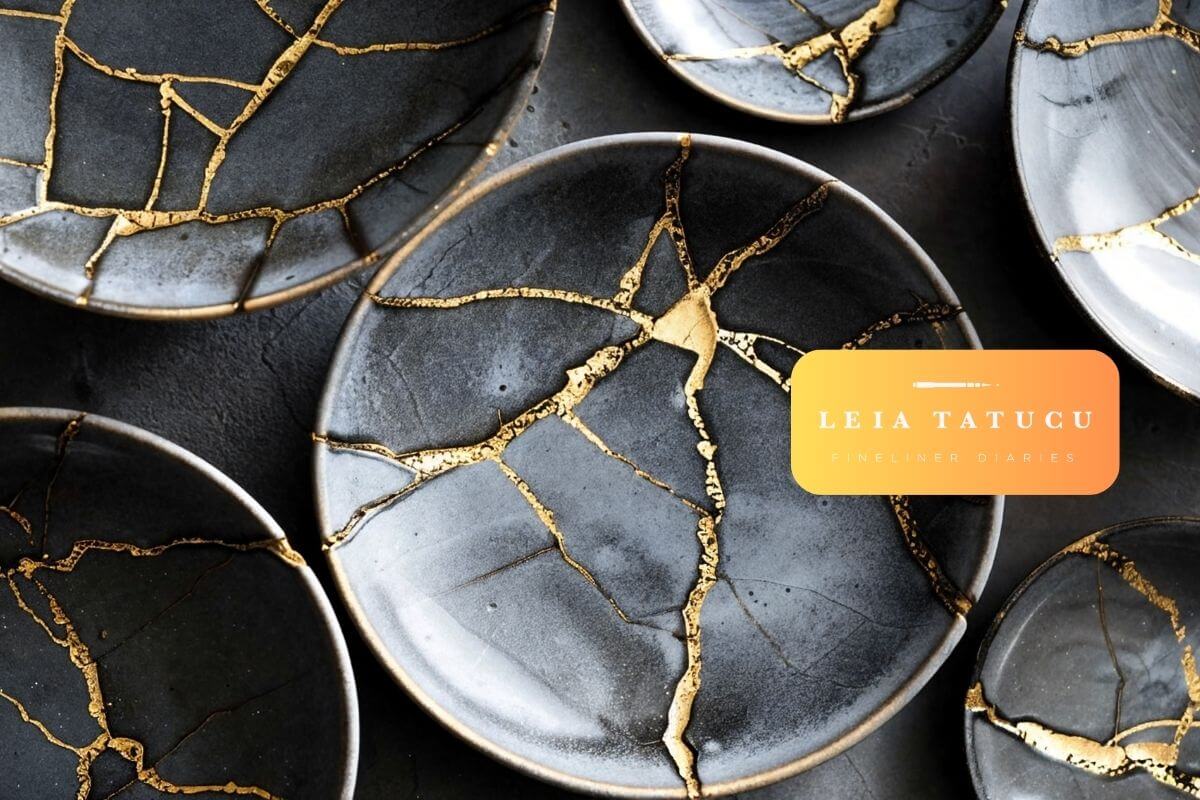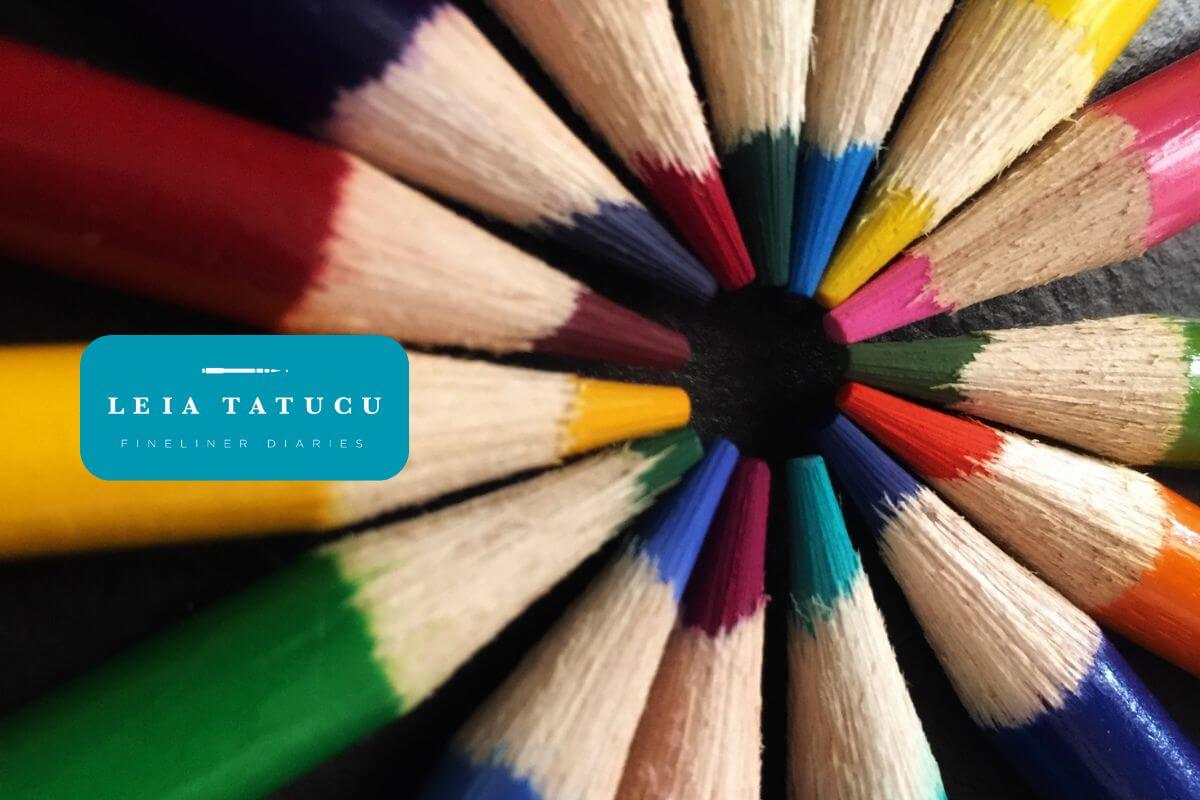
The Beauty of Imperfection: Why Wabi-Sabi Inspires My Art
The creative process has always been deeply personal for me. It’s a space where I seek fulfillment, a sense of control, and the ability to express the countless emotions that weave through daily life. Over the years, one idea that has grounded and shaped my artistic philosophy is wabi-sabi. This Japanese concept of beauty found in imperfection has inspired not only my work but also my approach to life.
What Is Wabi-Sabi?
At its core, wabi-sabi is a philosophy that embraces the transient, the imperfect, and the authentic. It’s the appreciation of the cracks in a ceramic bowl, the weathering of old wood, or the fleeting bloom of a flower. Wabi-sabi teaches us to value things as they are—flaws and all—and to see beauty in impermanence and imperfection. It’s a soft rebellion against the constant pursuit of perfection, which so often dominates both our internal and external worlds.
One of its guiding principles, “nothing lasts, nothing is finished, and nothing is perfect,” resonates deeply with me. It reminds me that life itself—and everything we create—is a process, not a fixed destination. Wabi-sabi encourages us to pause, reflect, and find meaning in the ordinary moments and imperfections.

Wabi-Sabi in My Creative Philosophy
For the longest time, I thought art had to be perfect—every line precise, every color just right. And although I still value strong composition and technical integrity, discovering wabi-sabi helped me realize that imperfection can be even more evocative and impactful. Instead of forcing myself to achieve some elusive idea of flawlessness, I’ve grown to see the small “mistakes” in my process as integral to the final piece.
Take, for example, the way I combine fineliner drawings with resin-pour techniques. Each element on its own could strive to be precise—geometric lines or fine details—but when I pour resin, there’s always a level of unpredictability I have to accept. The fluid patterns create depth, mimicking the beauty of nature’s randomness. Sometimes, those spills and unplanned swirls become the most interesting stories within the artwork. They remind me that control can only go so far, and learning to release it can lead to beautiful surprises.
Themes of change and impermanence are central to my artwork, often serving as inspiration for my pieces. Two of my artworks, Golden Hour and Deep Blue Shades, explore the fleeting nature of time through distinct approaches. Golden Hour blends fineliner-drawn geometric patterns with resin and structure paste, capturing the fleeting beauty of sunlight during the golden hour through intricate details and layered mixed media. In contrast, Deep Blue Shades, a resin-only painting, challenged me to abandon precision and embrace the unpredictable flow of fluid patterns. It evokes the humbling realization of our smallness when faced with the vastness and power of the ocean. This piece reflects the essence of wabi-sabi, celebrating beauty in imperfection and the transience of life.

The Joy of Imperfect Moments
Wabi-sabi isn’t just about the aesthetic side of creating art—it’s also a mindset that impacts how I approach my work. There are moments in my creative process when perfectionism takes hold. The urge to redo a line or rework a sketch can feel overwhelming. But I’ve learned to pause and remind myself of the trap hidden in the pursuit of "perfect" work—and the beauty that comes from resisting this impulse.
Returning to this mindset shifts me from frustration to mindfulness. I’ve learned to view the messy progression of an idea or the uneven strokes of a pen or brush not as mistakes, but as proof of my involvement—evidence of my process, my story. Each line or stroke carries its own narrative, a reflection of my unique perspective. That imperfection is what makes the finished piece distinctly mine. It’s liberating, really, and it’s helped me reconnect with the pure joy of creating, regardless of the outcome.
When you think about it, life often mirrors art. Most of us don’t live perfectly ordered, pristine lives. Instead, life is full of cracks—plans that went awry, moments that didn’t turn out as expected, paths that took us somewhere entirely different. Wabi-sabi urges us to look at these cracks, acknowledge their honesty, and find a beauty within them.

Appreciating the Wabi-Sabi Around Us
Beyond the studio, wabi-sabi has shaped how I observe the world. I find myself drawn to the serendipitous patterns of worn textiles, the aging patina of architecture, or even the way a leaf slowly curls as it dries. These observations find their way into my work, either as symbolic motifs or as inspiration for textures and forms.
The philosophy also creeps into my personal rituals. Whether it’s stirring almond milk and honey into my morning coffee (a quirky habit, but one I adore), stepping onto the balcony late at night to marvel at a clear, glowing moon, hugging the gentle Black Forest draft mare I’m lucky to spend time with every weekend and breathing in her comforting scent, soaking in the morning sunlight through a window, or simply sitting still—these fleeting moments ground me. They remind me to appreciate what’s right in front of me. It’s this blend of mindfulness and creativity that deepens my connection to both my art and myself.

Imperfection Is Power
Working with the idea of wabi-sabi remains a constant teacher. It’s shown me that imperfection is not weakness; it’s power. Transience does not diminish value—it amplifies it. Whether I’m creating art, reflecting on life, or simply observing the world around me, I find contentment in knowing that there is beauty in what is unfinished.
I hope this philosophy inspires you in your artistic or creative pursuits. The next time you see a cracked pot, an unfinished sketch, or even feel a little uneven in your own life, take a step back and see it through the lens of wabi-sabi. Beauty doesn’t demand perfection—it simply asks you to see.





Leave a comment
This site is protected by hCaptcha and the hCaptcha Privacy Policy and Terms of Service apply.